Growing Sasanquas
SASANQUA GARDENING: AN EXPERIENCE ON ORTA LAKE
A first draft
Author: Gianmario Motta motta05@unipv.it
Contributors: Caroline Bell and Anke Koschitz
FOREWORD
Undoubtedly, sasanqua cultivars, where I include vernalis / hiemalis / cultivars, are minor siblings of C. japonica.
In fact, flowers are smaller and lack the showy colors, forms and variegations which make japonica blooms so charming.
However, in mild temperate areas, sasanquas extend the blooming season from October to February, thus connecting to the C. japonica months – namely February to April.
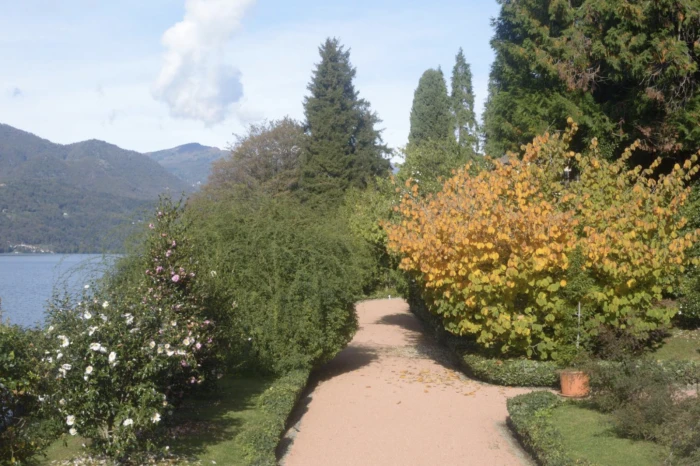 I here report my experience with my garden in Orta San Giulio, located on the lakeside
I here report my experience with my garden in Orta San Giulio, located on the lakeside
Temperatures: July 20 / 33 C; January 5 / 12 C Average rainfall 1,500 mm
THE WILD SASANQUA SPECIES
- The ancestor of the over 1,500 registered sasanqua / hiemalis / vernalis cultivars is the wild sasanqua from Kyushu, Ryukyu islands, and Okinawa.
- The wild Camellia sasanqua differs from the current cultivars in:
- Flower size: much smaller (3 cm)
- Flower color: completely white without any pink tinge
- Leave size: smaller, shiny, dark
- Current cultivars result from crossing/ backcrossing the wild species with Camellia japonica (and other Camellia species).

MAIN TYPES OF SASANQUA CULTIVARS
The hybridization of the C. sasanqua with C. japonica has originated a variety of cultivars (ca 1,500 registered)
- C. x vernalis:
- Tetraploid (e.g. ‘Gaisen’)
- Triploid (e.g. ‘Kamakura Shibori’)
- Pentaploidi (e.g. ‘Bokyo’)
- 'Egao', a tetraploid cultivar obtainedby backcrossing C. japonica
- C. sasanqua: cultivars obtained by repeated backcrossing with C. sasanqua
- C. hiemalis: ‘Shishi Gashira’ and its offsprings, without any reproductive barriers versus wild sasanquas
|
‘Gaisen’
|
‘Kamakura Shibori’
|
‘Bōkyō’
|
|
’Shibori Egao’
|
‘Asakura’
|
‘Shishi Gashira’
|
| C. sasanqua has been also crossed with other Camellia species as C. oleifera, C. yuhensiensis, etc. | ||
CHARACTERISTICS OF SASANQUA CULTIVARS
Sasanqua cultivars keep some characters of the wild species, namely:
- Autumn blooming
- Profuse blooming
- Good resistance to full sun and hot weather
- Fragile and small blooms (compared with C. japonica cultivars)
- Smaller leaves, often very shiny
- Open growth habit (more open than the typical C. japonica)
- Blooming on the current year’s branch (it fosters pruning)
|
Autumn/winter blooming are a great landscaping/ gardening asset
|
PLANTING SASANQUAS
- Sasanqua cultivars can be planted as
- specimens
- informal lines
- informal groups
- edges
- Sasanqua cultivars enjoy full sun, which encourages
- profuse blooming
- dense habit
- the wood to ripen
- Conversely, sasanqua cultivars do not love shade that can cause a leggy habit and shy blooming - do not plant them to get a shady wood.
SASANQUAS AS SPECIMENS
- Cultivars with a dense habit, dark leaves and elegant blooms can be an attraction point in the winter garden.
- My preferred cultivars include Shishi Gashira ’ and ‘Star above Star’, both combining a graceful habit and showy blooming.
|
|
|
SASANQUAS AS INFORMAL GROUPS
- Even with a little space, informal groups allow to mix different colors and blooming periods.
- A typical group is made of 3/5 plants
- In the picture, a white vernalis ('Fuj-no-mine') in the center, a red hiemalis ('Kanjiro') on the right, and a late hybrid (‘Yume’) on the left.
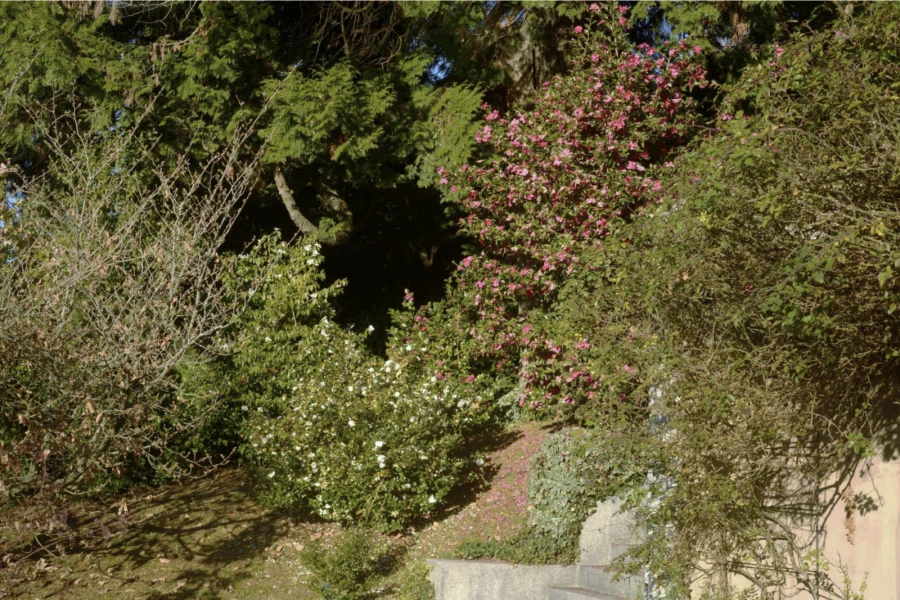
SASANQUAS AS INFORMAL LINES
- If you have space, informal lines display the best qualities of sasanqua cultivars
- In fact, you can rely on the scaled blooming season by putting together early / mid/ late cultivars of the same or contrasting color.
- In the picture a line of white sasanquas blooming together, selected for their profuse blooming and white / blush blooms.
 From left to right: ‘Gay Sue’, ‘Autumn White’, ‘Little Pearl’, ‘ Hinode gumo ’,
From left to right: ‘Gay Sue’, ‘Autumn White’, ‘Little Pearl’, ‘ Hinode gumo ’,
‘Snowfall’, ‘Beatrice Emily’, Narumigata ’, Fiocco di Neve’, ‘Mine no yuki ’, 'Silver Dollar'
SASANQUAS AS HEDGES
- Sasanquas, with their small leaves, can be trained as topiary, for cloud pruning, lollipopped or clipped to any form only once a year is needed.
- Personally, I prefer informal hedges, which produce many flowers.
 Hinode-fuji
Hinode-fuji
SASANQUAS AND SNOW
- (Heavy) snow is the Great Enemy of sasanquas
- Given their typical open upright habit, with heavy snow plants bend and may be eradicated.
- You can compare the dramatic picture of ‘Cleopatra’ and ‘Bettie Patricia’ and ‘ Kanjiro ’ under heavy snow (2020) and with the same plants in Autumn.
- Heavy snow is rather infrequent here, say every 5-7 years.
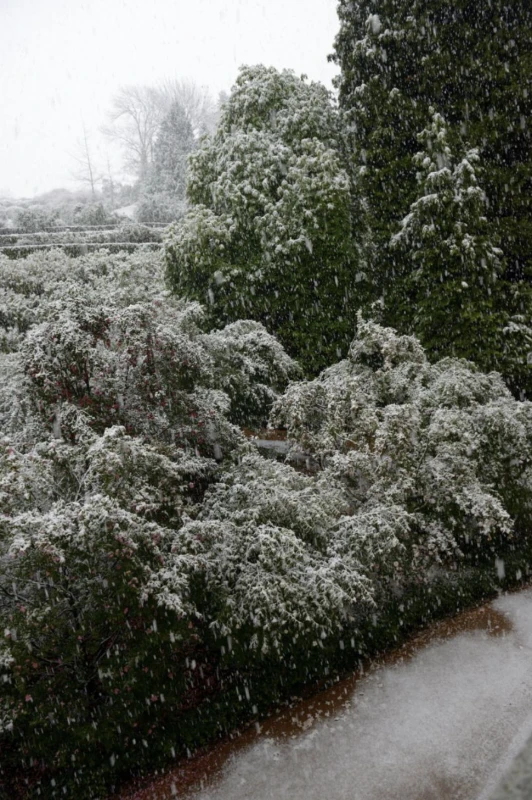 |
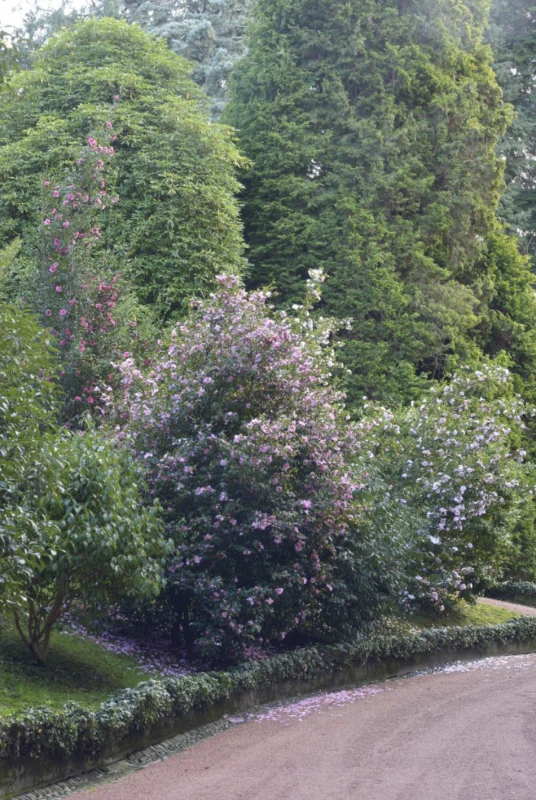 |
SASANQUAS, RAIN AND SOIL
- In their native areas sasanquas receive abundant rain that ranges from 1,000 (Kagoshima) to 1,687 mm (Fukuoka) with a peak in June-July; that wet summer fosters strong growth and flower bud preparation.
- In these regions winter is mild and never drops below 0°C.
- However, sasanquas can stand a cold winter. In 1983-84, sasanquas in Orta survived -10/15 °C.
- Soil requirements are like other camellias, with a PH around 6/5.
- Soil should be damped, but without water logging.
- Let me underline that sasanquas do need, especially in temperate regions, a sunny position, ranging from South to West, that gradually warms up in Autumn and Winter.
SASANQUA BLOOMS
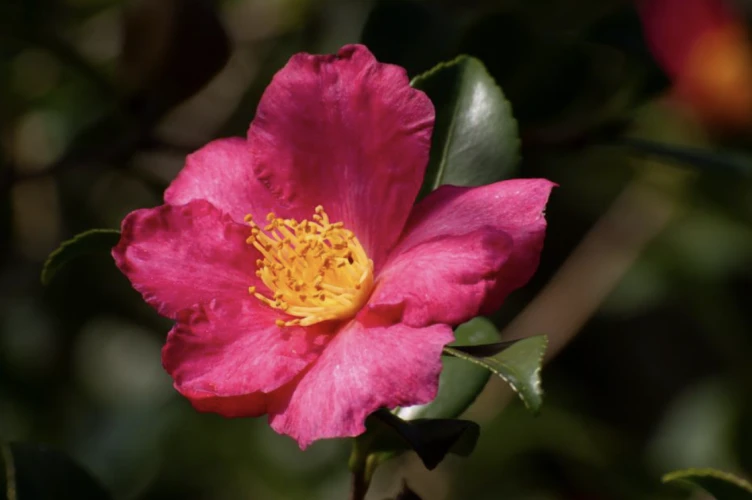 'Hiryu' 'Hiryu' |
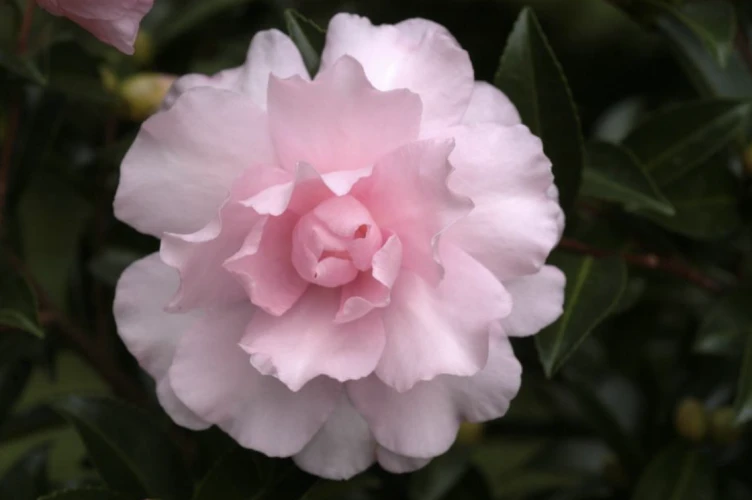 ‘Bettie Patricia’ ‘Bettie Patricia’ |
- In my opinion, sasanquas primarily are landscaping plants, thanks to their profuse and long lasting blooming even 2 months in warm temperate regions.
- However, flowers are pretty, but not showy like japonica blooms.
- A wider illustration of flowers is in the ICS book on sasanquas
SASANQUAS, SCENT AND BEES
- Scent variable with the weather, but it draws in the insects.
- Sweet scent on some, musky on others but the insects are notified whatever!
- Some other winter plants are scented eg Chimonanthus , Edgeworthia , Hamamelis, etc.
- However, the wafting of any scent is not common, and for most plants you have to put your nose in to smell scent like with Sasanquas 95% of the time.
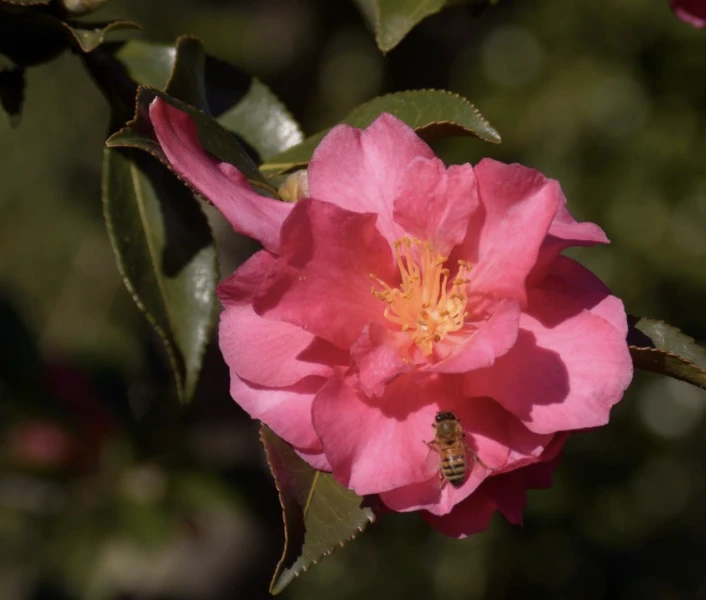 A bee visiting ‘Shishi Gashira’ on December 23th
A bee visiting ‘Shishi Gashira’ on December 23th
THE ICS BOOK ON SASANQUAS
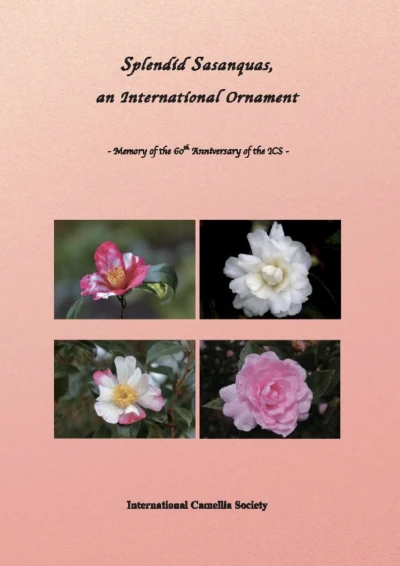 «Splendid sasanquas, an International Ornament» features:
«Splendid sasanquas, an International Ornament» features:
- An illustrated guide of around 300 cultivars
- An article on origin and classification of cultivated sasanquas
- The history of sasanqua cultivars in the West
It is the only English book on sasanquas (with partial Chinese and Japanese translations), written by an international team of experts:
Professor Tanaka, editor (Japan)
Caroline Bell, co-author (GB)
Professor Zhonlang Wang, text translation into Chinese (China)
Yves Chapel (France): camellia photos and descriptions
Gianmario Motta (Italy): camellia photos and descriptions
Sueo Takano (Japan): camellia photos and descriptions
Pilar Vela (Spain): camellia photos and descriptions
Information/book purchase
Professor T. Tanaka camellia1996@icloud.com: Asia and Oceania regions
Anke Koschitz ak@koschitz.de: Europe regions and Americas
Special price of the reprint:
35 EURO + shipping cost
THE ICS BOOK ON SASANQUAS
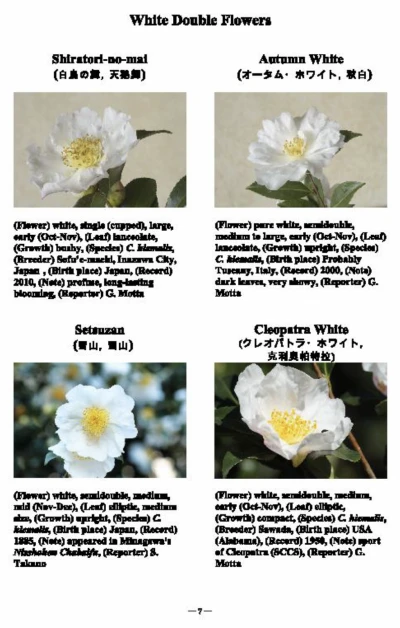 In the book, cultivars are sorted by flower form and color, and described in terms of
In the book, cultivars are sorted by flower form and color, and described in terms of
- Name of cultivar (English, Japanese, Chinese)
- Flower color
- Flower form
- Flower size
- Flowering season in N hemisphere
- Leaves: form and size
- Growth habit
- Species (or origin): C.hiemalis, C.x vernalis, C. sasanqua, C. x ackermannii, Hybrid, Seedling of ‘ShishiGashira’
- Breeder name
- Birth place
- Record: year of publication
- Notes
- Reporter / photo provider
Web design by Tribal Systems


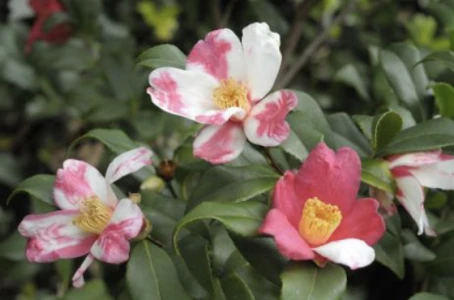
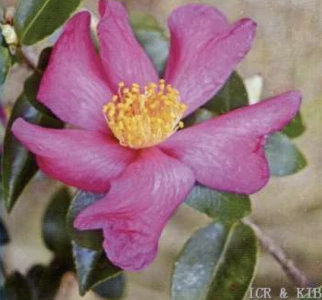
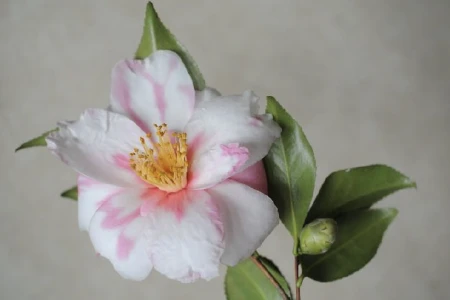
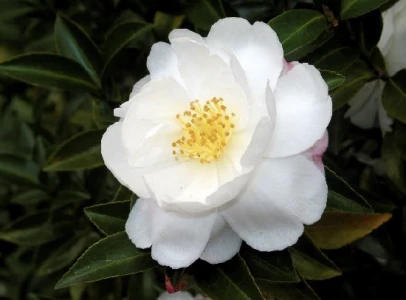
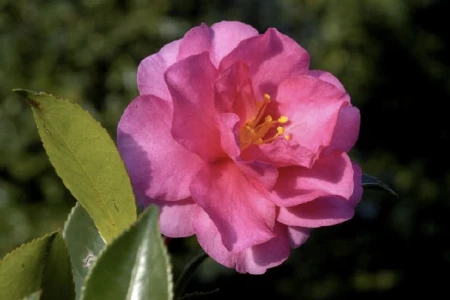
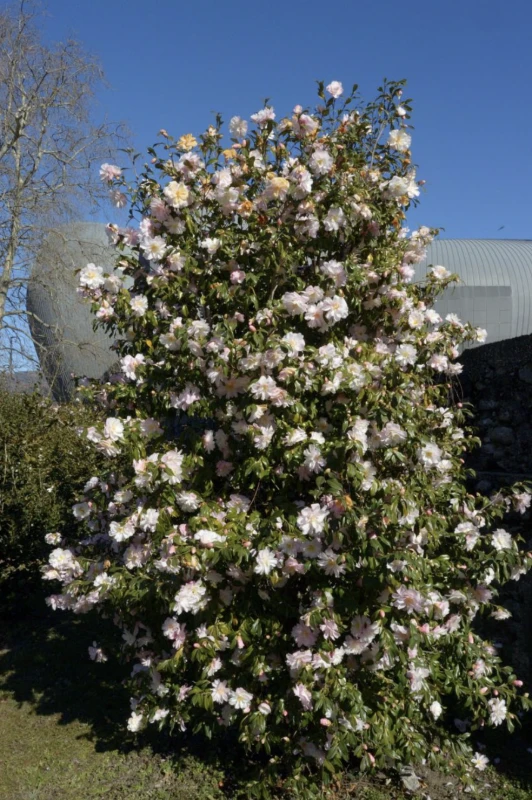 ‘Star above Star’ (Villa Maioni , Verbania)
‘Star above Star’ (Villa Maioni , Verbania)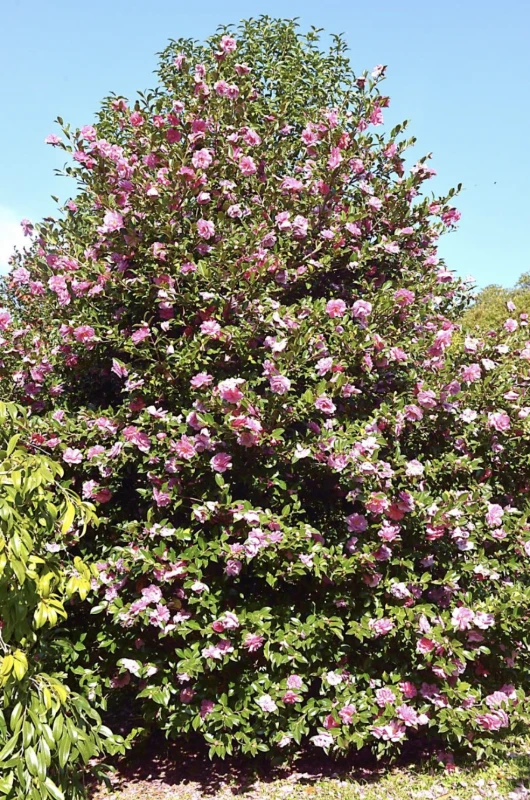 ‘Shishi Gashira’ (Villa Motta, Orta)
‘Shishi Gashira’ (Villa Motta, Orta)